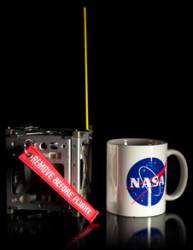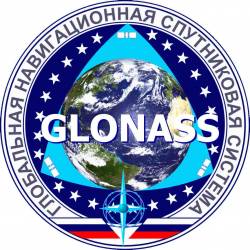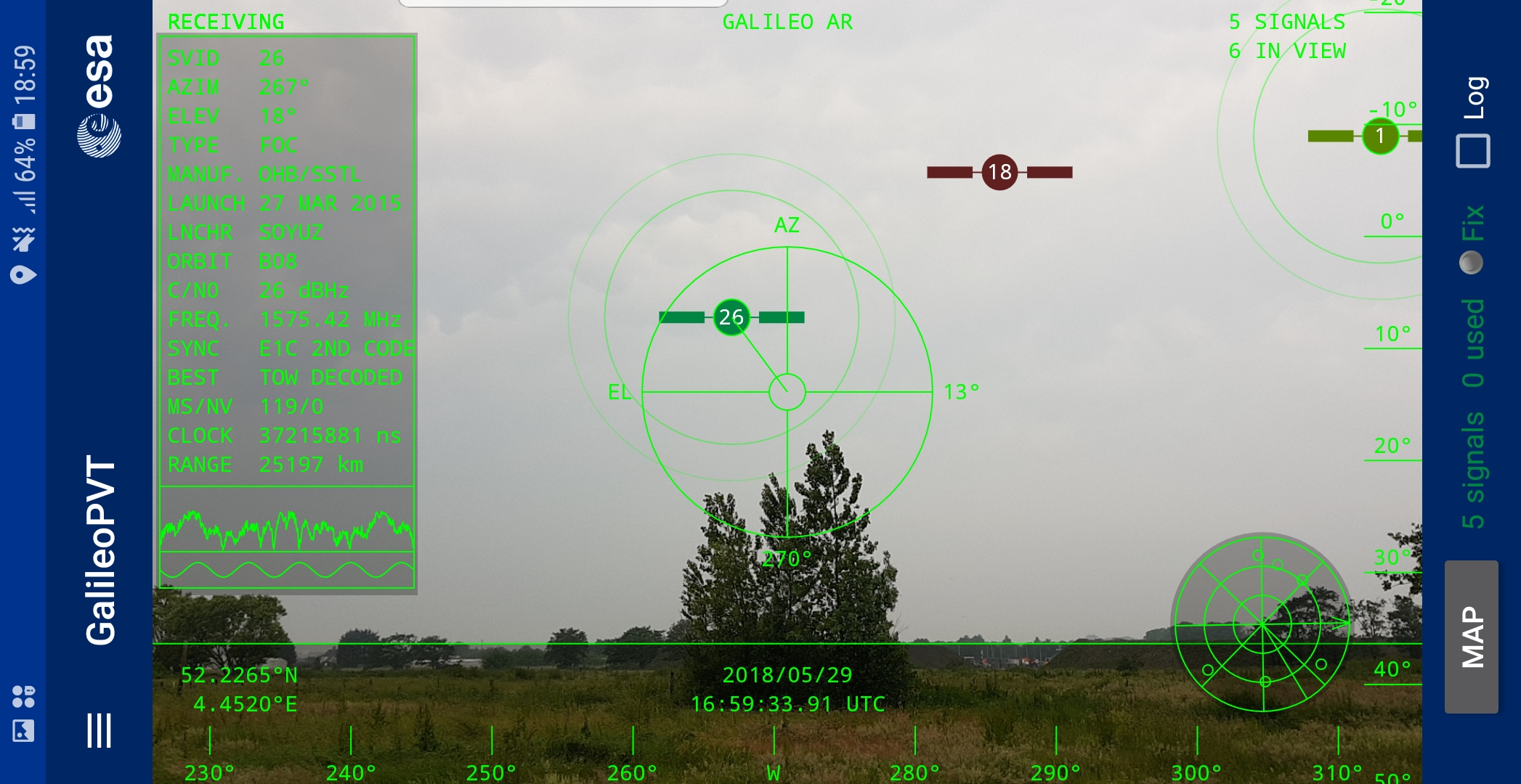 PhoneSat. NASA image
PhoneSat. NASA imageET may have an improved method to phone home and satellite operators, a new way to position and control satellites — smartphones in space.
ET may have an improved method to phone home and satellite operators, a new way to position and control satellites — smartphones in space.
Three low-cost satellites — named “Alexander,” “Graham,” and “Bell” after the American telephone inventor — with smartphones on board rode into space on April 22 from NASA’s Wallops Island Flight Facility in Virginia. The goal of NASA’s PhoneSat mission is to determine whether a consumer-grade smartphone can be used as the main flight avionics, data communications, and photography for a capable, yet very inexpensive, satellite.
Over the course of five days in space the trio of PhoneSats operated as planned, according to NASA. The spacecraft deorbited on April 27 and have burned up in Earth’s atmosphere as predicted.
The PhoneSat team is led by project manager James Cockrell at the Ames Research Center in Moffett Field, California. The spacecraft could prove to be the lowest-cost satellites ever flown in space, NASA researchers say.
The off-the-shelf PhoneSats already have many of the systems needed for a satellite, including fast processors, versatile operating systems, multiple miniature sensors, high-resolution cameras, GPS receivers, and several radios.
NASA engineers kept the total cost of the components for the three prototype satellites in the project between $3,500 and $7,000 by using primarily commercial hardware and keeping the design and mission objectives to a minimum.
PhoneSat 1.0 (“Graham” and “Bell”) makes use of Nexus One smartphone technology made by HTC Corporation with Google’s Android operating system. The Nexus One incorporates the Qualcomm Snapdragon QSD8250 RISC Application Processor with embedded gpsOne module.
PhoneSat 2.0 (“Alexander”) is built around an updated Nexus S smartphone made by Samsung Electronics with GPS technology from CSR. The Nexus S also uses Google’s Android operating system and provide a faster core processor, avionics, gyroscopes, and a two-way S-band radio that enables engineers to command the satellite from Earth.
PhoneSat 2.0 has solar panels to enable longer-duration missions and a GPS receiver. It also has magnetic torquer (magnetorquer) coils — electro-magnets that interact with Earth’s magnetic field — as well as reaction wheels to actively control the satellite’s orientation in space.
NASA added items a satellite needs that the smartphones do not have — a larger, external lithium-ion battery bank and a more powerful radio for messages it sends from space. The smartphone’s ability to send and receive calls and text messages was disabled. (Okay, so maybe ET can’t phone home. . . .)
Each smartphone is housed in a standard cubesat structure, measuring about 4 inches square. The smartphone acts as the satellite’s onboard computer. Its sensors are used for attitude determination and its camera for Earth observation.
The PhoneSat launch also represented the maiden flight of an Orbital Science Corpation Antares rocket.
"It’s always great to see a space technology mission make it to orbit — the high frontier is the ultimate testing ground for new and innovative space technologies of the future," said Michael Gazarik, NASA’s associate administrator for space technology in Washington.
"Smartphones offer a wealth of potential capabilities for flying small, low-cost, powerful satellites for atmospheric or Earth science, communications, or other space-born applications,” Gazarik added. “They also may open space to a whole new generation of commercial, academic and citizen-space users."
The spacecraft also took pictures of Earth using their cameras. Amateur radio operators around the world participated in the mission by monitoring transmissions and retrieving image data from the three satellites. Large images were transmitted in small chunks and reconstructed through a distributed ground station network. (See accompanying image.)
The PhoneSat mission is a technology demonstration project developed through the agency’s Small Spacecraft Technology Program, part of NASA’s Space Technology Mission Directorate.





